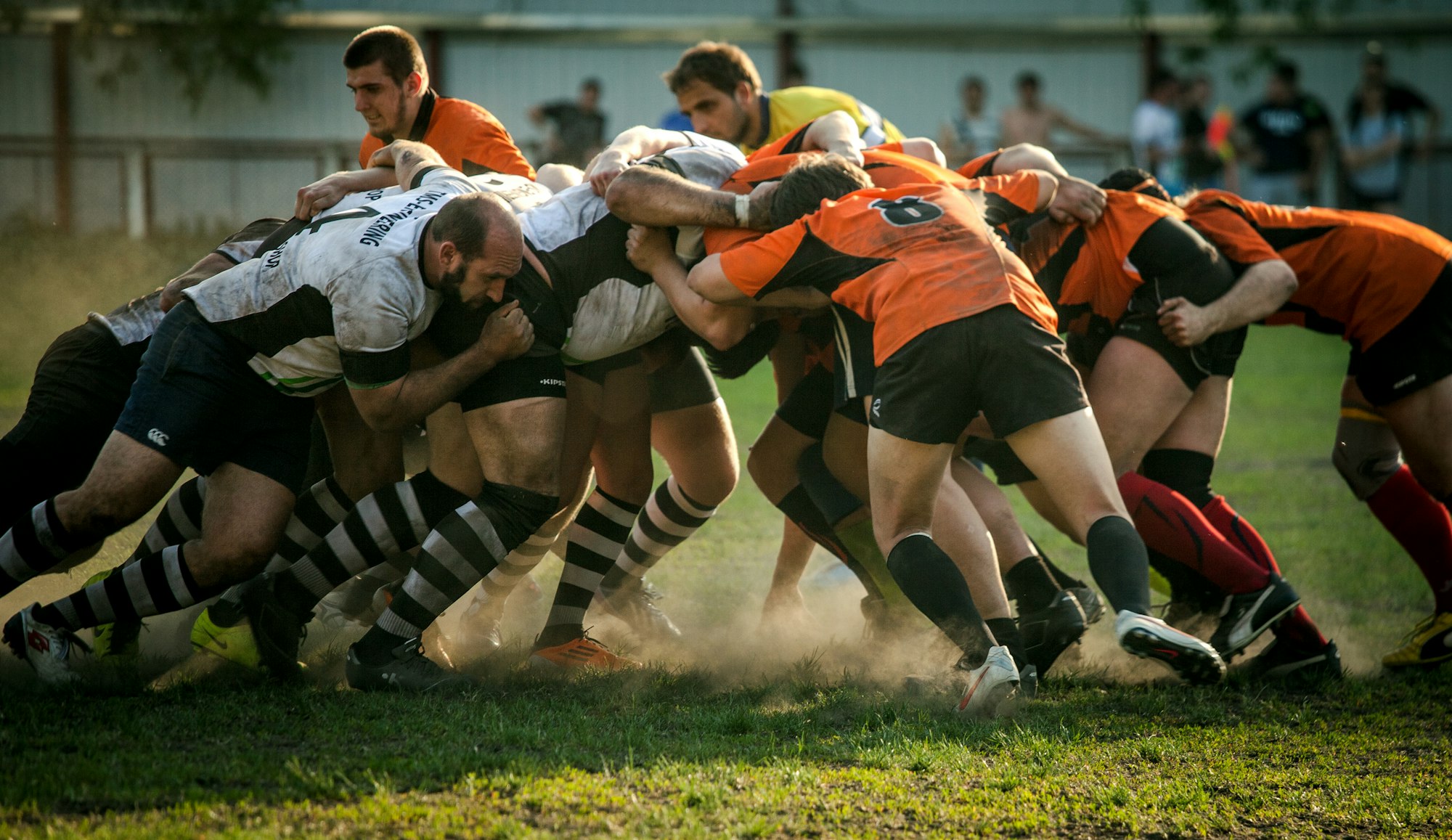Is it active learning?

Here are two questions I have heard a lot lately in discussions of how we are going to teach in the fall. Both are aimed at the concept of active learning and how it's going to happen:
- Is X an example of active learning?
- Is it possible to do active learning in an online, or socially distanced face-to-face, environment?
These two questions go together, and often the second question happens first. A prof (understandably) struggles to think about how active learning could take place in a room where students are socially distanced (imagine a 6' x 6' square with students at each corner!) or present only in a Zoom window. Then their usual plans for active learning become hard to conceptualize and so they begin to think about what activities, if any, could qualify as active learning. It's not wrong to have those questions. In fact I applaud anybody who looks at this situation and commits to active learning, even though the details are fuzzy, rather than just taking the easy way out and just recording/livestreaming lectures.
It's been helpful for me to go back to definitions. (I'm big on definitions of things.) And my go-to definition of active learning comes from this publication from Bonwell and Eison in 1991, where they write (emphasis added):
...[M]any faculty assert that all learning is inherently active and that students are therefore actively involved while listening to formal presentations in the classroom. Analysis of the research literature (Chickering and Camson 1987), however, suggests that students must do more than just listen: They must read, write, discuss, or be engaged in solving problems. Most important, to be actively involved, students mast engage in such higher-order thinking tasks as analysis, synthesis, and evaluation. Within this context, it is proposed that strategies promoting active learning be defined as instructional activities involving students in doing things and thinking about what they are doing.
Let's unpack the parts of that definition:
- "Instructional activities": Active learning is not just any activity, or activity for its own sake. It must serve some instructional purpose, which I'd interpret as giving students practice with clear and observable learning objectives.
- "Involving students doing things": What "things" are students supposed to be "doing"? It means more than just listening and receiving knowledge from a source. The "things" involve students --- literally, students are "folded into" (in + volve) the things that they do. So whatever students are doing, they should be an inextricable part of it, and the "activity" shouldn't be merely a pro forma exercise. I interpret this along constructivist lines: Students should be constructing their own understanding of the concept at the core of the activity (which is aligned with clear and observable learning objectives).
- "...and thinking about what they are doing": This might be implied by the previous point --- it's hard to imagine a truly involving activity where students are acting mindlessly --- but it's often neglected. I know my approach to active learning in the past has been to take my old lecture notes, give the examples to students instead of me putting them on the board, and just have students work through them and "let me know if you have any questions". This isn't really good enough. Students need to form intentional links between their activity and what it is they are learning.
The above forms my litmus test for whether something is active learning or not: Is it anchored by a clear, observable learning objective? Are students' activities constructivist and "involving" in nature? Are students thinking about what they are doing?
So for example:
- Is reading a book active learning? It can be, but not always. We all know it's possible to "read" mindlessly[1]. Just giving students a chapter or section or website to read, is not automatically an active learning task. Reading assigments are quite often not explicitly linked to clear and observable learning objectives, and there is no direction given to help students make sense of the reading or think about their reading processes. If we want reading to be active, we can't assume that students just natively know why they are reading something or how to really get the most out of it. Ensuring students do know the why and the how, is our job, and now more than ever.
- Is watching a video active learning? Again, it could be, but it depends. What's the learning objective? Is there a constructivist flavor to what students are doing? Are students reflecting on what they are doing? Just as with reading, it's foolish to assume that anybody just "knows" how to watch a video for maximum instructional effect. We have to teach this.
- Is group work active learning? This is a big one. Many people I have talked to recently think "group work" and "active learning" are synonyms. They aren't. Not all group work is truly active learning, and not all effective active learning is done in groups. I've seen plenty of examples of the former: Group work with no clear objective, that doesn't involve students in the "enfolding" sense, and where students never pause to reflect on what they are doing or learning --- just activity for its own sake. Conversely, I've seen effective active learning take place with just an individual or a pair of students (sometimes asynchrously). An example of this would be well-constructed Guided Practice activities for flipped learning environments, where students get fluent with basic learning objectives through active work done independently prior to a group experience. So just as with reading and video watching... it depends.
I don't think the Bonwell/Eison formulation of active learning is overly restrictive. In fact I think it's good news for us heading into Fall 2020, because active learning is not bound to ay particular modality of teaching, doesn't require physical colocation, and doesn't need any particular technology. For example:
- If students are F2F in a classroom but have to be socially distanced, then active learning can take place (assuming a learning objective has been targeted first) by something like the humble think-pair-share, where students communicate in pairs through text chat. Or, students can work together in remote pairs (even if "remote" means "across the room") using a tool like Jamboard. Or if no person-to-person communication is needed or possible, something like fill-in-the-blank notes can be made active (Does it involve the student? Does the student reflect on what they are doing?).
- If students are in some form of mixed-mode or hyflex instruction with some physically present and some tuning in online synchronously, then peer instruction is quite doable. Slides with questions can be pushed out to students online very easily (for example using Mentimeter); students reflect on the questions individually; then they can pair off and discuss with a person near them (6 feet separation is awkward and loud, but possible) or remotely through chat or discussion tools.
More examples are possible, and that's the point. If we focus in on what active learning really is and what it isn't, then we become a lot freer to be creative about how we set up active learning experiences with students in the Fall. And that's important, because doubling down on active learning and not abandoning it because we feel passive instruction would be easier under the circumstances, would be a grave mistake.
When my kids were very young and I was still reading books to them at bedtime, I discovered I'd developed the ability to read a book aloud with one part of my brain while thinking, often pretty deeply, about something completely different with another part. I can still do that today with certain parts of Catholic liturgy if I'm not careful. ↩︎


